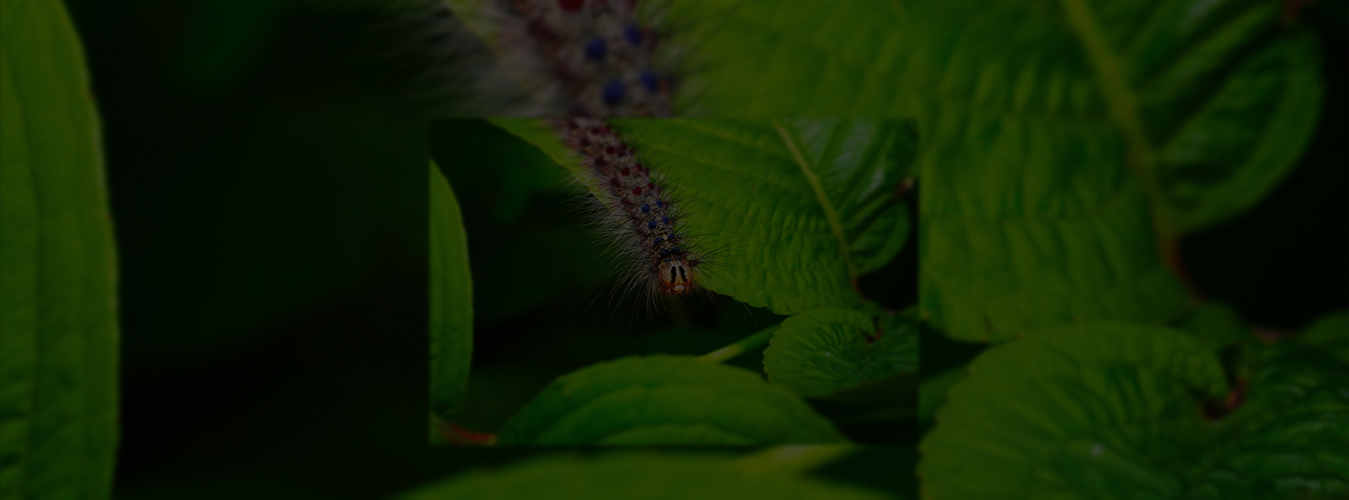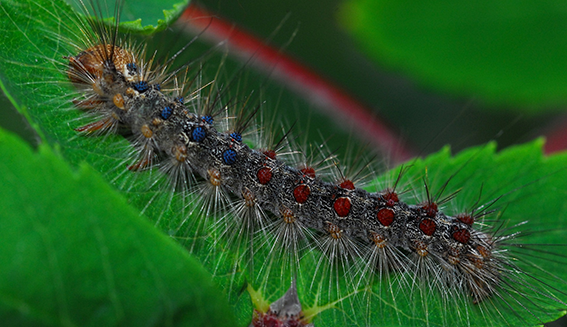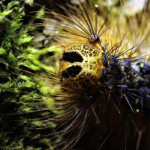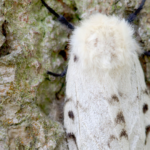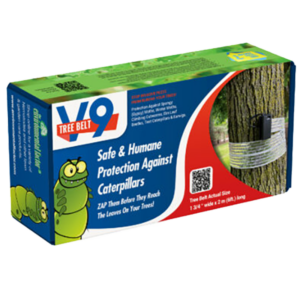Your cart is currently empty!
Damage
Spongy moth is one of the most destructive forest pests that causes extreme defoliation to trees. The caterpillars consume all or almost all leaves of trees which causes the tree to lose its capability to photosynthesize. After two or more years of feeding, the spongy moth can kill a tree. Moreover, the hairs of spongy moth caterpillars carry histamines that exposure to it can cause irritation and red rash on the skin.


